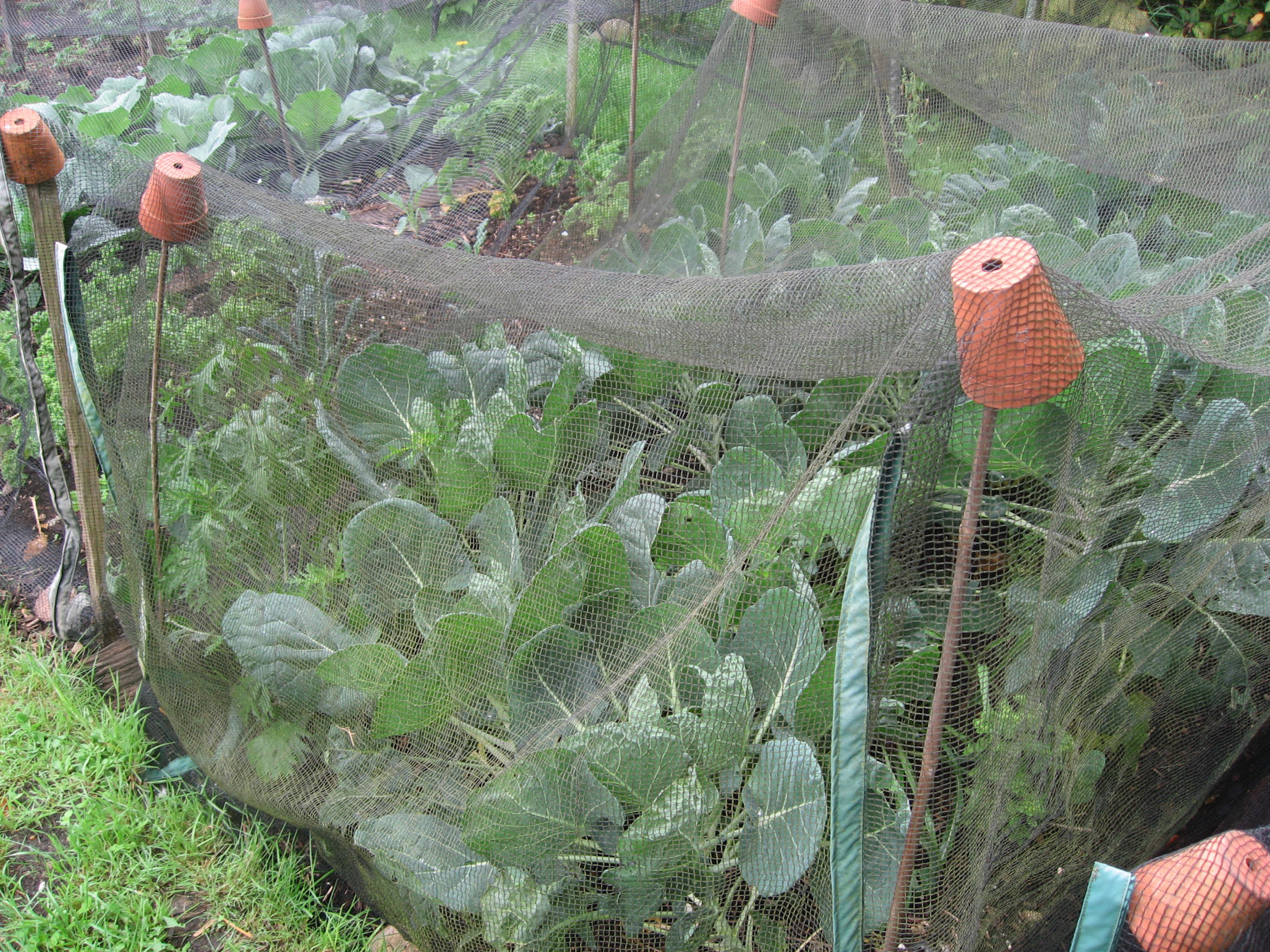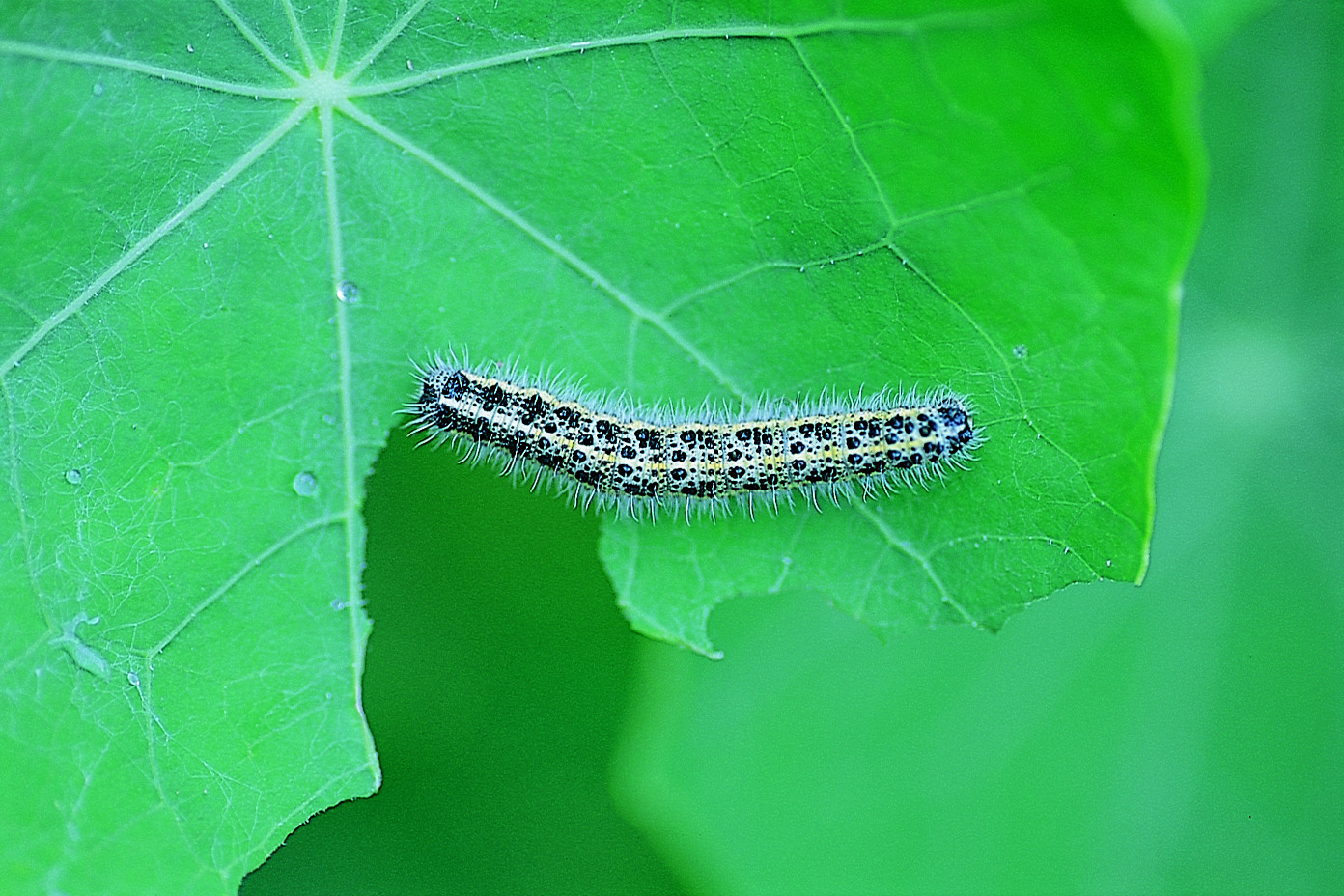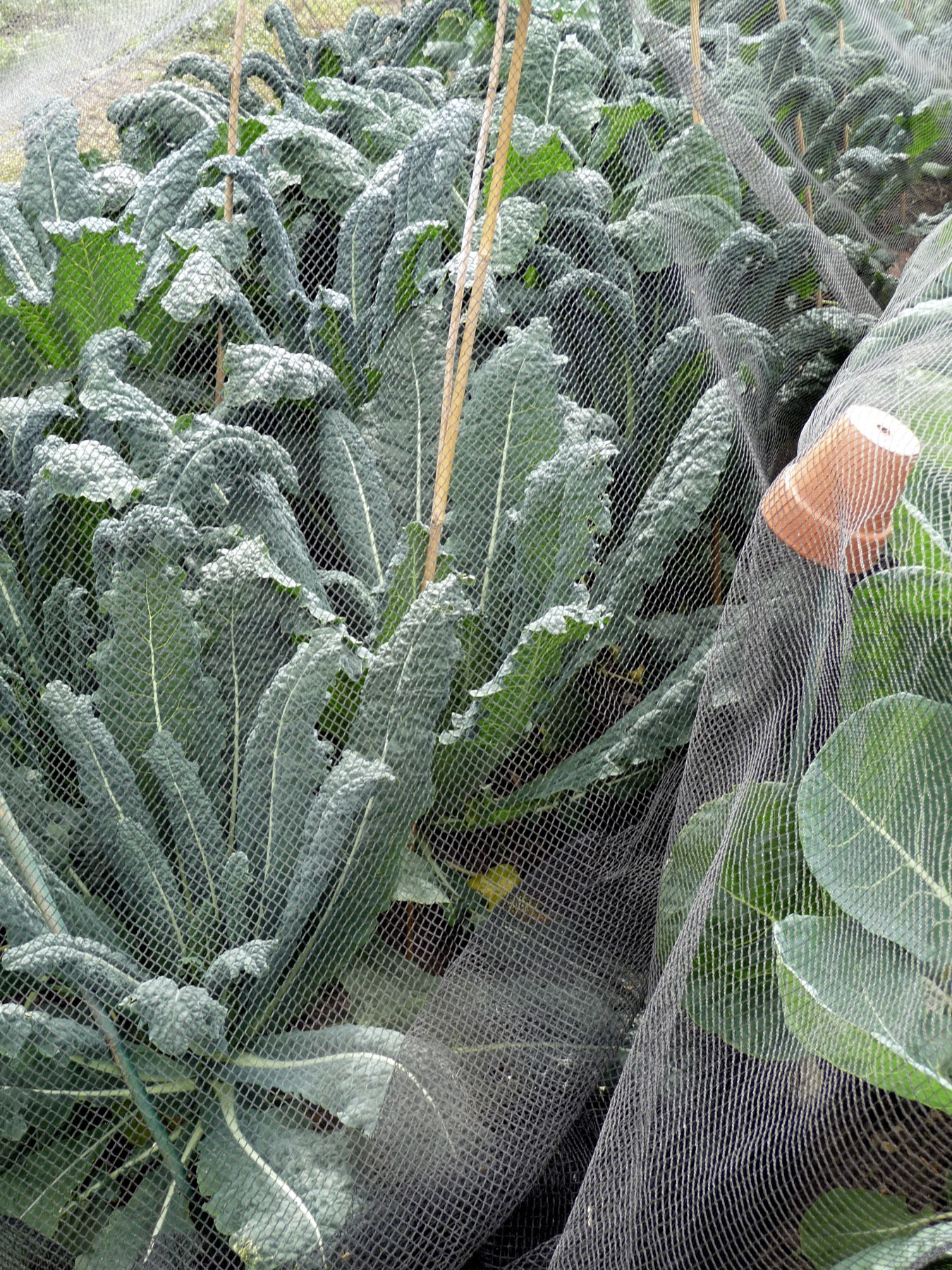
As a young thing I used to wear incredibly short miniskirts, known as pelmets by friends and family. I trained as a teacher and when it came to getting a job I went for a fair few interviews. I emerged without one job offer, despite having done well on the course, mainly due to the skirts I wore. In the meantime I answered an advert at the National Vegetable Research Station ( or NVRS) in Wellesbourne in Warwickshire. Amazingly I got the job. After a few weeks I asked my new boss why he’d appointed me. I expected him to say you were bright, you were sparky or something like that. “Well” he said “I couldn’t resist the legs.” Pelmet power!
That comment would probably end in a tribunal in these politically litigious times, but I’m happy to say my boss was lovely to work for and we’re still on good terms today – almost 50 years later. I spent a glorious five years At Wellesbourne and a colleague always referred to the NVRS jokingly as the ‘envy our rest’ which used to make me laugh because we actually worked quite hard. I worked in cauliflower breeding for two years and learnt to score a huge field of them. I must have planted hundreds. I still find myself looking at cauliflowers in the supermarket today and scoring them. Five for ricey ( that’s not good) and five for colour I mutter as I pass.
Wellesbourne’s cauliflowers thrived on highly fed, alluvial soil, a few miles from Stratford-upon-Avon. However they’re the A-levels when it comes to growing brassicas, the hardest of all, and I don’t stand a chance in Cold Aston’s because it’s very exposed and the growing season is much shorter. However, I’m a dedicated grower of other winter brassicas and it’s possible to get the succession from October until early April from these handsome beasts by sowing now. Our vegetable garden is subdivided into 8 x 4 plots and we are careful to rotate the crops so that we don’t build up pests or exhaust the soil. Club root, which is quite common on allotments, is the worst disease, but brassicas can also be affected by cabbage root fly. Ours are moved about and so far it’s worked.

It’s brassica sowing time in March in my Hartley greenhouse. Thankfully the seeds are large enough to handle and the easiest way is to use 6 x 4 modular trays and pop two seeds in each gap, then you don’t have to do any time-consuming pricking out. I use seed sowing compost and my current favourite is made by Dalefoot. Brassica seeds germinate easily, with few failures, and 10-20 days after sowing I pick the weakest seedling out and leave the other one to grow on into a good plant.
The trick with all brassicas is to move them on as soon as the new three-inch high plant fills the module. If you let them stall for a few days in the trays, they seem to go on strike forever so they’re moved into the ground as soon as the new plant has made a root-filled module. Timing is everything. They’re hardened off on the garden table and puddled in. This is an ancient technique, but often misunderstood. You have a can of water on hand and a trowel. You dig the hole, fill it with water, pop the plant straight in and back fill with soil. This should take seconds. You do not stand there and watch the water drain away, which is what the Best Beloved does! As the water sinks into the soil, it draws the soil around the roots with no air gaps. The very first gardening book, The Gardener’s Labyrinth by Thomas Hill published by 1557, illustrates the technique and the vegetable beds are a similar size. You can get at them and work without treading on the ground!
Once planted, your hungry brassica plants need feeding with nitrogen to create lots of leaf. The easiest way to do this is to use chicken manure and there are powdered forms, such as 6X, and pelleted forms. One fed, open warfare commences between you and the pigeons. We have nets to prevent our pigeons from getting even plumper. They nets are supported on bamboo canes with a pot on top.
The most useful winter brassica of all is black Tuscan kale, known as ‘Cavolo Nero’., because you can harvest it in autumn. It’s a handsome beast, with dark-green linear leaves. You can pick this from October onwards, but if you want to crop it through the winter and into spring always leave some foliage intact in autumn. It has to be said, that the flavour always improves after frost and this is true with many winter vegetables because the starches are converted to sugars.

Most seed companies sell black Tuscan kale and I’ve never found it particularly tender, even here in the cold Cotswolds. However there is a newly bred British variety from Tozer Seeds called ‘Black Magic’ which is said to be more cold-resistant. The foliage is crinklier, darker and narrower, but it still reaches 3 feet in height and it’s equally handsome. Black Tuscan kale gets spaced 18 inches apart. We also grow some curly kale for winter use only. This is probably the hardiest brassica of all. Once the poor relation, it’s become a ‘cheffy’ favourite. Like all brassicas, it’s very handsome.
I always grow some Brussels sprouts, but they are more of a challenge because they have to put on considerable growth before the end of May in order to do well. Baby sprouts need to be visible by August. This crop may need watering as well as feeding, especially in dry summers. Choosing varieties is important and you should always look for F1s because these have hybrid vigour at every stage, including germination.
I’m not interested in picking sprouts in September or October, although commercial companies are, so I prefer my Brussels sprouts to be ready either side of Christmas. For this reason I tend to grow another Tozer F1 called ‘Trafalgar’. This tall, erect, late-midseason variety has a strong root system, with medium-sized smooth buttons of excellent flavour. It also has intermediate resistance to powdery mildew.
Brussels sprout plants are best planted in firmer ground, not freshly dug ground, because they do tend to become weighty and heavy once the buttons begin to grow. I prefer to give them a little more space so that I get better plants. Every bit of the sprout is edible, not just the buttons, because Sprout tops are delicious.
In January and February it’s the turn of the winter cabbage. You can have cabbages throughout the year if you sow lots of different types, but I prefer not to have any cabbages in the garden for a couple of months, because I believe it breaks the cycle of whitefly. These are often a problem when you pick broccoli and leafy cabbages so I don’t want to give them a source of food throughout the year. A two-month break is a useful thing when it comes to whitefly!

Kings Seeds ( always good value) sell a savoynamed ‘Tundra’, a fairly new variety that was given the AGM by the RHS vegetable committee. We rely on these cabbages in January and February, but this year our young plants were nibbled off by a mystery creature – possibly hare or muntjac. It happened overnight and they went under the net which suggests a hare perhaps.
In March, possibly earlier if it’s a warm winter like this year, I’ll be picking purple sprouting. This is probably my favourite brassica, because it’s a soft succulent vegetable. I prefer ‘Red Arrow’ because the spears are very thick and the heads are very colourful, although purplish red heads turn to dark green when cooked. This is eked out and kept going by regular picking. If we are lucky it may last until mid-April. Purple vegetables are full of an antioxidant called anthocyanin. They mop up free radicals and keep us young. My granddaughter India isn’t convinced. When I explained this she simply said – nanny it’s not working. Now she’s wearing the pelmets instead! A good thing too.



